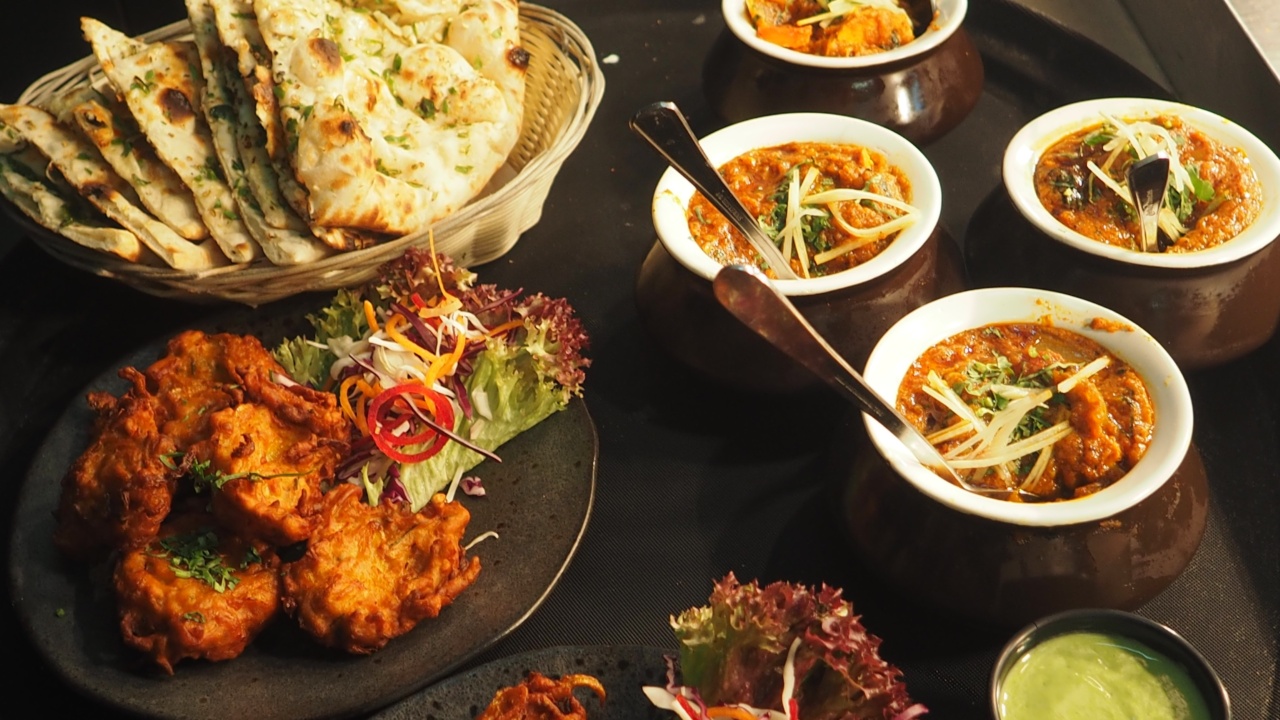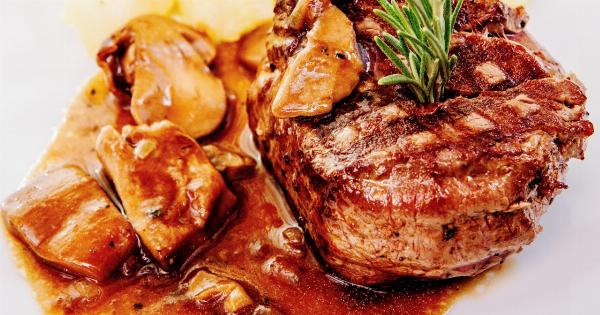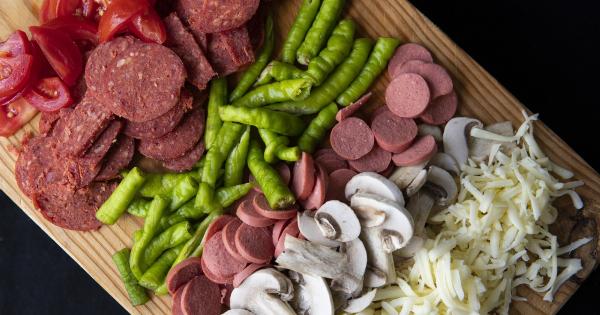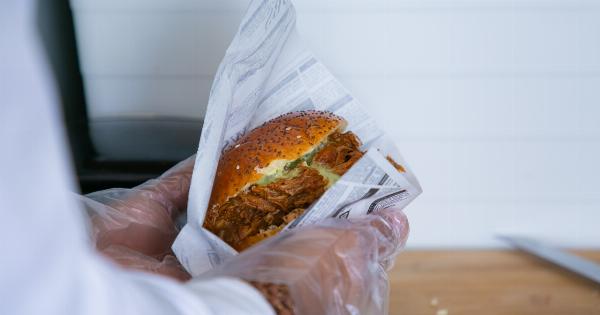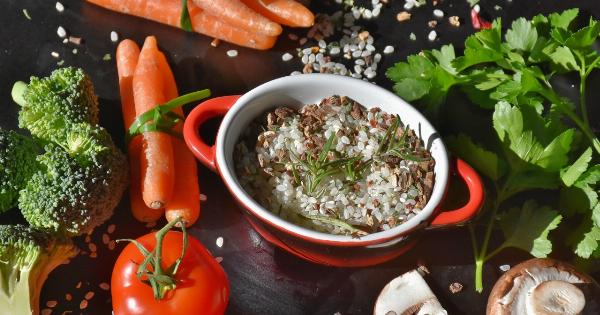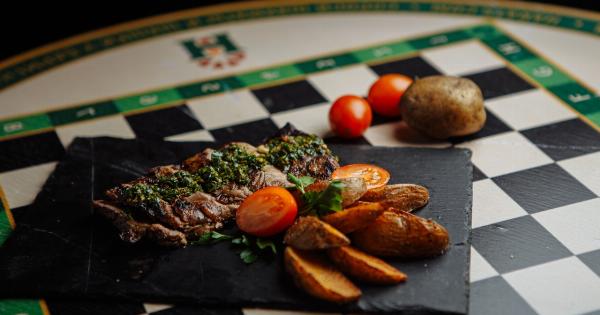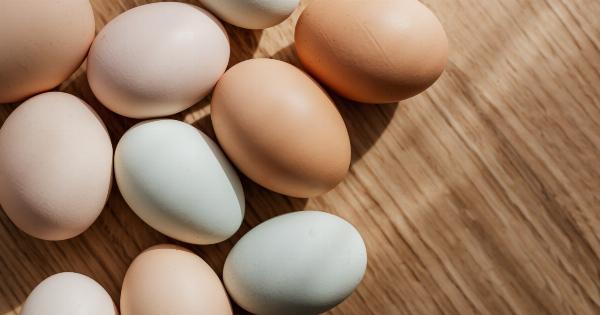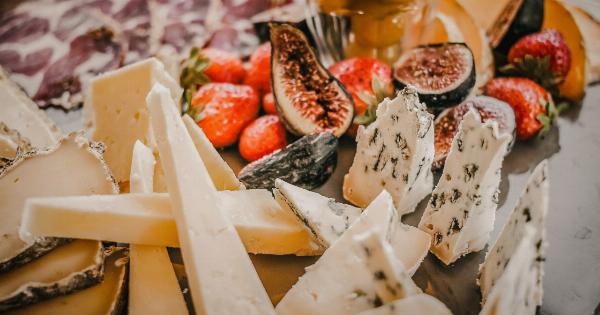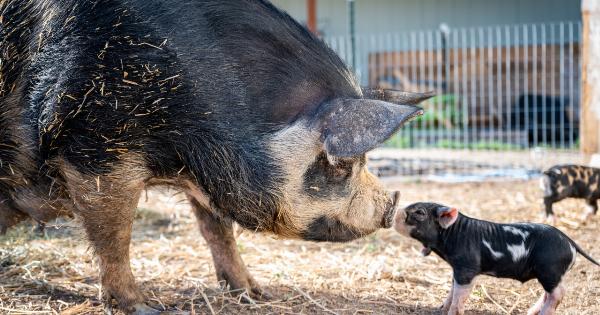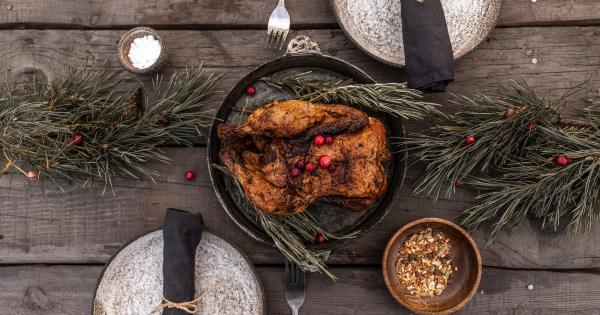When it comes to cooking meat, one of the most important factors to consider is the temperature at which it should be cooked. The right temperature ensures that the meat is cooked to perfection, retaining its flavor, tenderness, and juiciness.
However, choosing the right temperature can be quite challenging, as different types of meat require different cooking temperatures to achieve the best results. In this article, we will explore the importance of choosing the right temperature for cooking meat and provide valuable insights into the optimal temperatures for various types of meat.
The Importance of Cooking Temperatures
Cooking meat at the correct temperature is crucial to ensure both food safety and taste. If meat is not cooked to the right temperature, harmful bacteria and pathogens may not be fully eliminated, posing a risk to your health.
On the other hand, overcooking meat can result in dry and tough textures, making it less enjoyable to eat. Therefore, it is essential to understand the recommended cooking temperatures for different cuts of meat.
Beef
Beef is a popular meat and is commonly cooked at different levels of doneness, ranging from rare to well-done. The USDA (United States Department of Agriculture) provides guidelines for safe internal temperatures for beef.
Here are some recommended cooking temperatures for beef:.
Rare Beef
Rare beef is characterized by a bright red center and is cooked to an internal temperature of 125°F (52°C). At this temperature, the meat is still very tender and juicy.
It is important to note that rare beef should only be prepared using high-quality cuts and from reputable sources to minimize the risk of foodborne illnesses.
Medium Rare Beef
Medium rare beef is cooked to an internal temperature of 135°F (57°C). This results in a warm red center with a slightly firmer texture compared to rare beef.
Many people consider medium rare to be the optimal temperature for cooking steaks, as it offers a balance between tenderness and flavor.
Medium Beef
For medium beef, the internal temperature should reach 145°F (63°C). The center of the meat will be pink and slightly moist, providing a firmer texture compared to medium rare.
Medium beef is a popular choice for those who prefer their meat to have a slightly well-done exterior while still retaining some juiciness.
Medium Well Beef
Medium-well beef is cooked to an internal temperature of 150°F (66°C) and offers a slightly pink center. The meat will be firmer and have less juiciness compared to the previous doneness levels.
Some individuals who are concerned about food safety tend to choose this level of doneness.
Well-Done Beef
Well-done beef is cooked to an internal temperature of 160°F (71°C) or above. The meat will have a uniformly gray color and will be fully cooked throughout. Well-done beef tends to be drier and less tender compared to the previous doneness levels.
It is important to note that overcooking beef, especially lean cuts, can result in a less enjoyable eating experience.
Pork
Pork is another meat that requires careful cooking to ensure both safety and taste. The USDA provides recommended cooking temperatures for different cuts of pork. Here are some guidelines:.
Ground Pork
Ground pork should be cooked to an internal temperature of 160°F (71°C) or higher. This ensures that any potential bacterial pathogens are eliminated. Ground pork can be used in various dishes such as meatballs or burgers.
Pork Chops, Roasts, and Tenderloin
For pork chops, roasts, and tenderloin, it is recommended to cook them to an internal temperature of 145°F (63°C). At this temperature, the meat is safe to consume, while still retaining some pinkness in the center.
The pink color of pork no longer indicates undercooking, as proper cooking and handling practices have reduced the risk of trichinosis, a parasitic infection associated with undercooked pork.
Poultry
Cooking poultry, such as chicken and turkey, to the correct internal temperature is crucial due to the risk of foodborne illnesses, particularly from Salmonella and Campylobacter bacteria. Here are recommended cooking temperatures for poultry:.
Whole Poultry
Whole poultry, including chicken and turkey, should be cooked to an internal temperature of 165°F (74°C) throughout the bird.
Checking the temperature at the thickest parts, such as the thighs and breasts, ensures that the meat is fully cooked and safe to eat.
Poultry Parts
Individual poultry parts, such as chicken breasts, wings, and thighs, should also be cooked to an internal temperature of 165°F (74°C) to eliminate any harmful bacteria present.
Ensuring that the thickest part of the meat reaches this temperature is essential.
Fish and Seafood
Fish and seafood require careful cooking to ensure proper texture and to eliminate any potential pathogens. Here are some recommended cooking temperatures:.
Fish
Most fish can be cooked to an internal temperature of 145°F (63°C) or until the flesh becomes opaque and flakes easily with a fork. Cooking fish to this temperature ensures that it is cooked through without becoming dry.
Shrimp, Lobster, and Scallops
Shrimp, lobster, and scallops should be cooked until they turn opaque and firm. The internal temperature is less critical compared to fish, but it is recommended to cook until the flesh is no longer translucent.
Cooking Temperatures and Resting Time
After cooking meat, it is essential to allow it to rest before slicing or serving. Resting the meat allows the juices to redistribute, resulting in a more tender and flavorful experience.
The resting time may differ depending on the size and type of meat:.
Beef
For beef, it is generally recommended to allow the meat to rest for at least 5-10 minutes. This allows the juices to redistribute evenly, ensuring a more succulent eating experience.
Pork
Pork should also be rested for about 5 minutes after cooking. This helps to retain the moisture and tenderness of the meat.
Poultry
Poultry, such as chicken or turkey, should be allowed to rest for approximately 10-15 minutes. Resting the bird allows the meat to become more tender and enhances the overall flavor.
Fish and Seafood
Fish and seafood do not require resting time, as they are typically served immediately after cooking. However, it is still advisable to allow the cooked fish or seafood to cool slightly before serving.
Conclusion
Choosing the right temperature for cooking meat is essential to ensure both food safety and the best possible taste and texture.
It is important to make use of a reliable meat thermometer and to follow the recommended internal temperatures provided by the USDA or your country’s equivalent food safety authority. By understanding and using the appropriate cooking temperatures for various types of meat, you can confidently cook delicious and safe meals for yourself and your loved ones.
